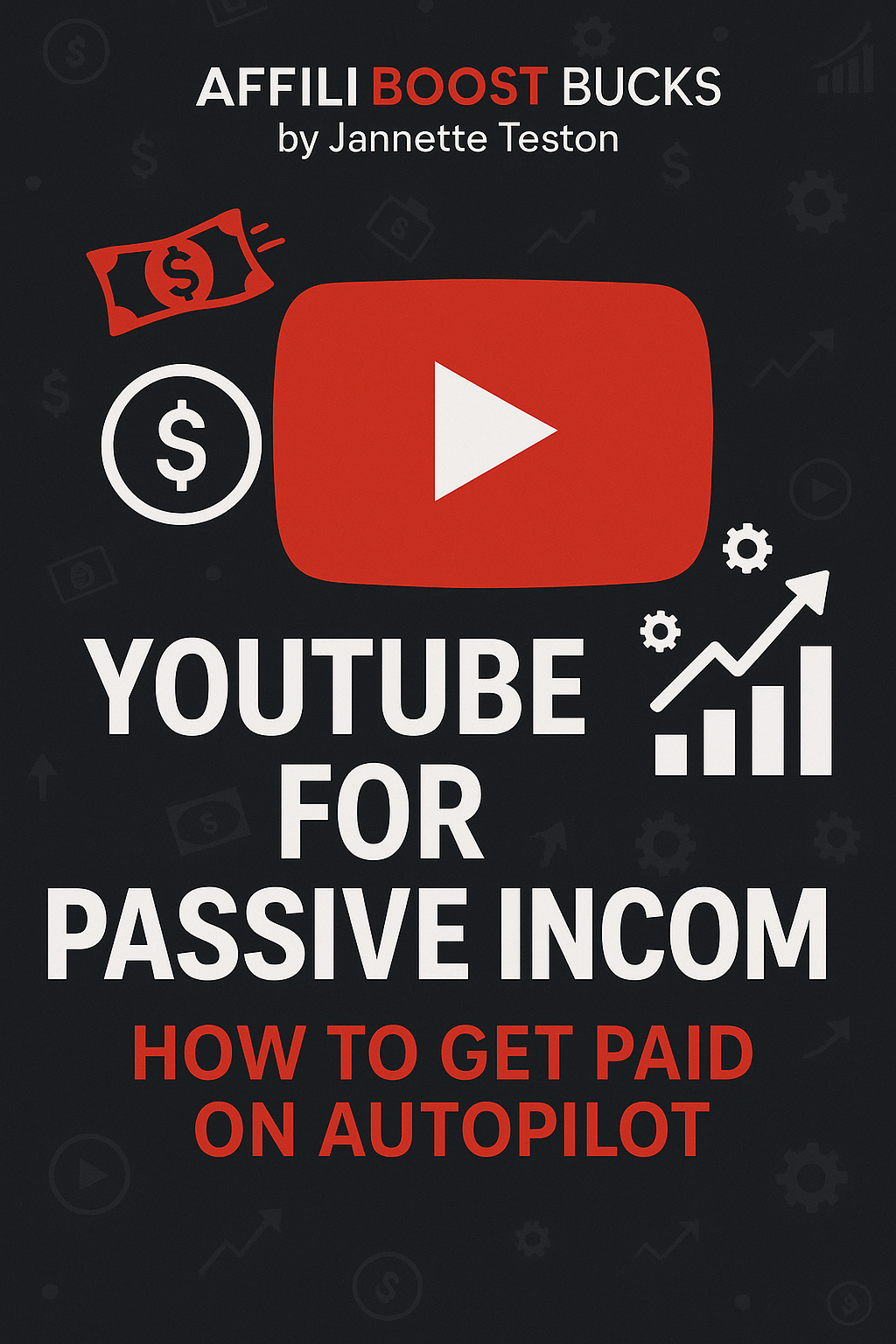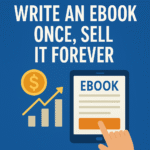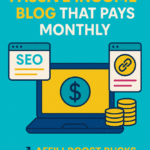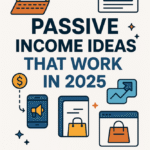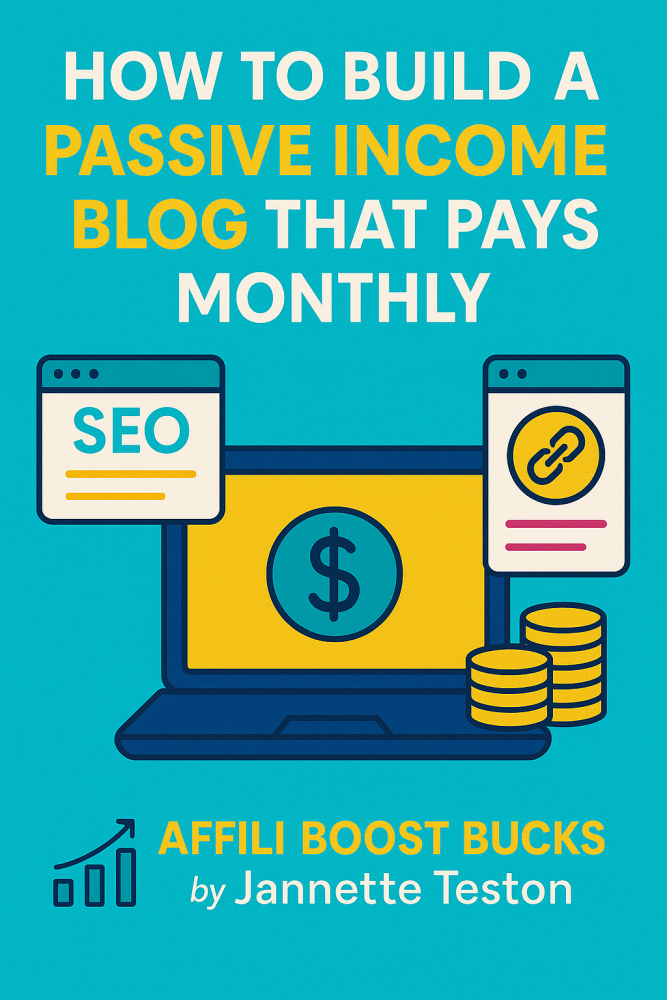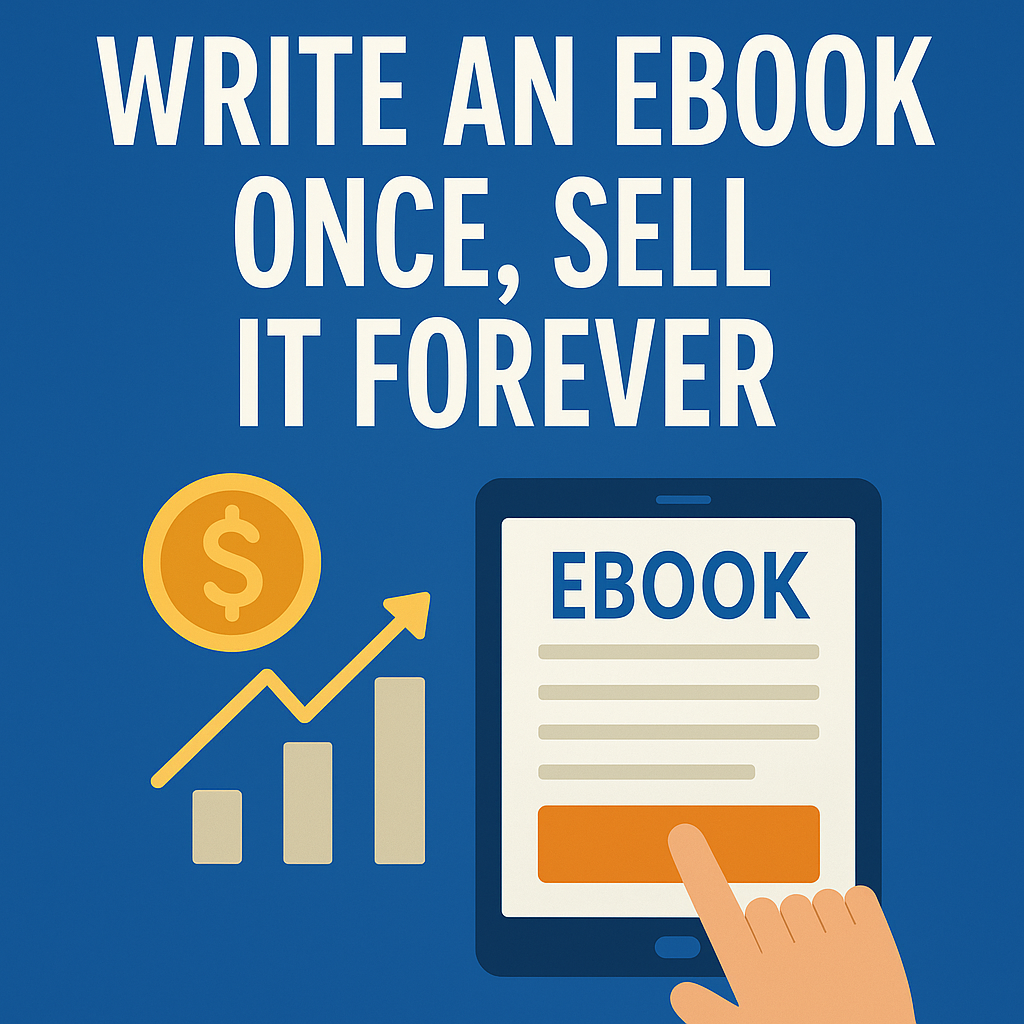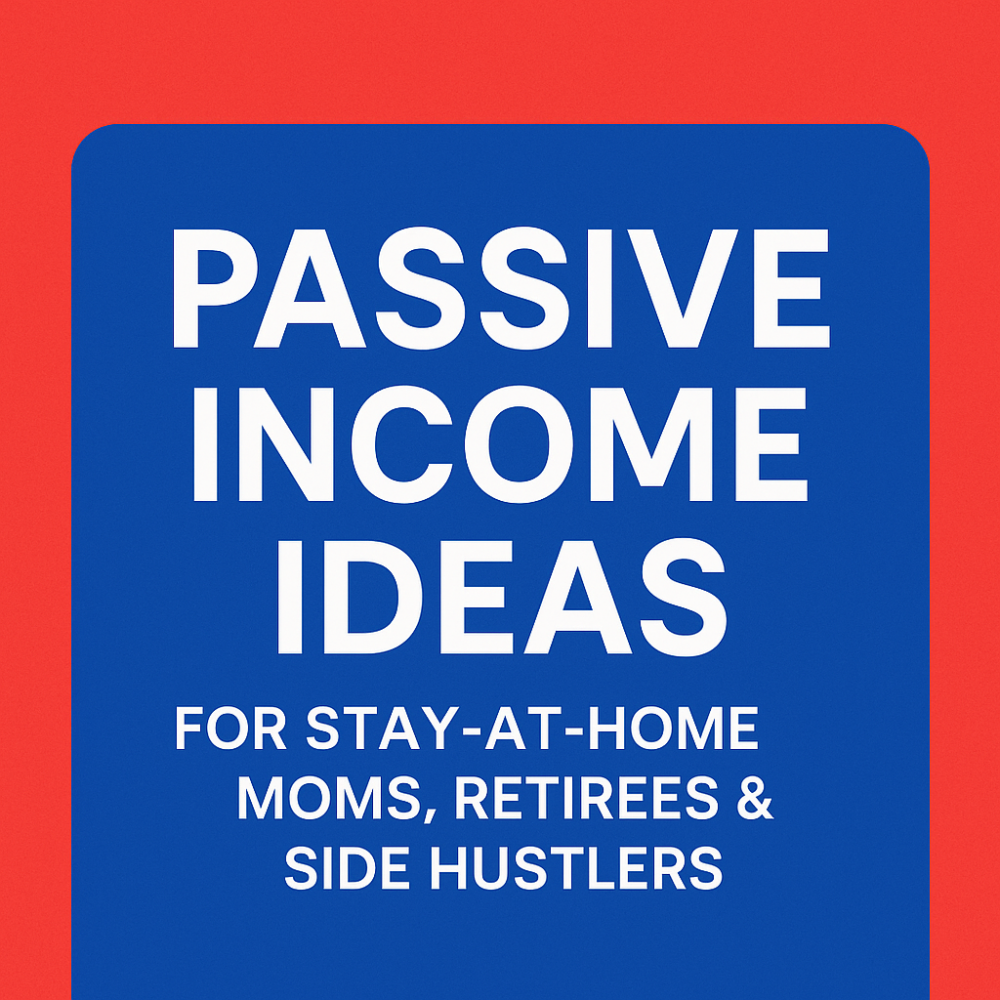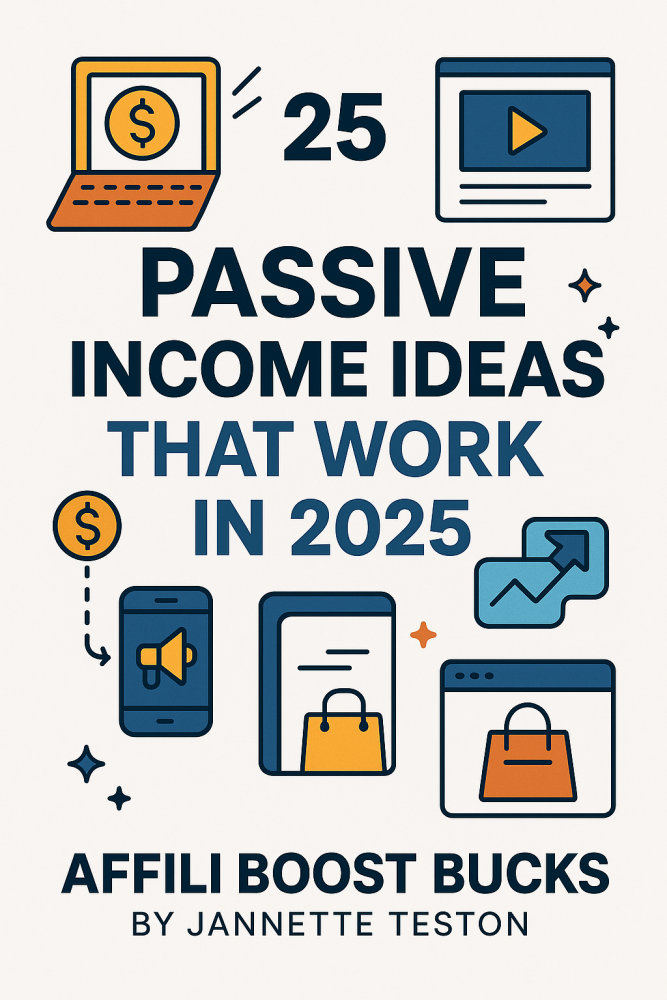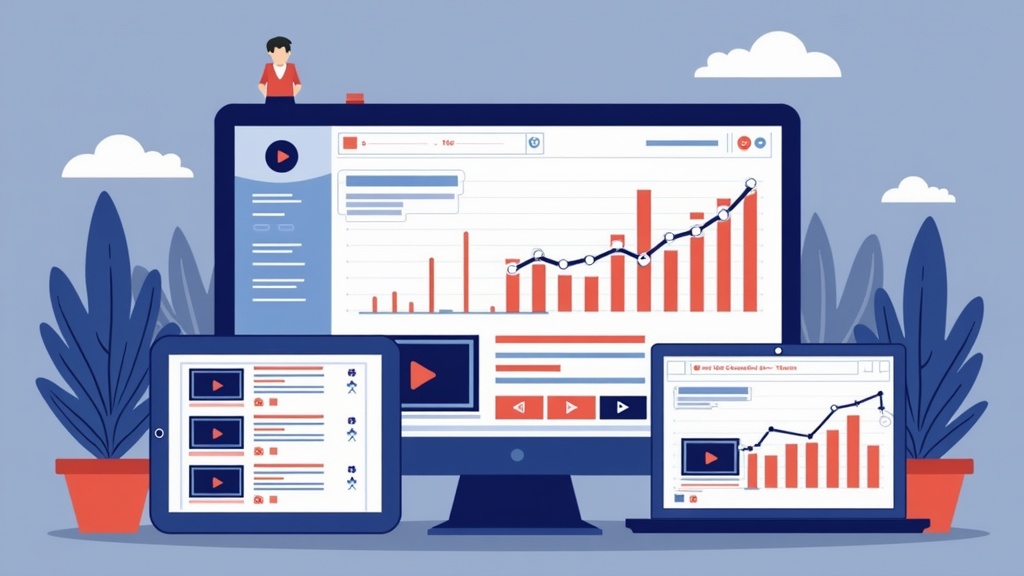 YouTube has become a platform where everyday people like me can earn real money with videos, even while sleeping. The idea of getting paid on autopilot through YouTube is not just a dream; it’s happening for thousands right now. Building a channel takes work, but once the systems are set up, revenue can flow in regularly with very little ongoing effort. If you want to know how to tap into passive income on YouTube, this guide shares everything I’ve learned from creating my own cash flow streams, setting up content for repeat income, and avoiding burnout along the way.
YouTube has become a platform where everyday people like me can earn real money with videos, even while sleeping. The idea of getting paid on autopilot through YouTube is not just a dream; it’s happening for thousands right now. Building a channel takes work, but once the systems are set up, revenue can flow in regularly with very little ongoing effort. If you want to know how to tap into passive income on YouTube, this guide shares everything I’ve learned from creating my own cash flow streams, setting up content for repeat income, and avoiding burnout along the way.
Whether you have zero experience or you’ve experimented with uploading videos before, you don’t need fancy equipment or an existing fan base to get started. I started with just a phone camera and some patience, and learned how to turn my videos into assets that keep paying me month after month. This guide covers how YouTube passive income works, what steps to follow, the best types of content, tips for growth, and answers to common questions.
If you follow these steps and stay focused, you can take the pressure off making money hour by hour, and instead earn passively—even while you’re doing other things.
Step 1: Understand How YouTube Pays Creators
Before jumping in, it’s really important to know exactly how YouTube pays and what “passive” income looks like here. YouTube pays creators through several main routes, but ad revenue is the best-known way to earn automatically after the up-front work is complete.
Main Ways to Earn Passive Income on YouTube:
- AdSense Revenue: Ads are played before and during your videos. When viewers watch or click, you earn a share of the ad money. Once a video is uploaded, ad income can keep coming for years.
- Affiliate Marketing: Place links in your video descriptions. If viewers buy or sign up through your link, you collect a commission. Older videos with evergreen topics keep earning.
- Channel Memberships & Patreon: Fans pay a small monthly fee for exclusive perks or content. These payments happen automatically, once the system is set up.
- Digital Product Sales: Sell ebooks, courses, or templates through your channel. When videos act as sales funnels, the products sell while you focus on creating new things.
I like to use a mix of ad revenue and affiliate links. Some of my oldest videos, where I answered common questions, still pay me every month, long after I recorded them. The magic of those videos is that they keep earning without more work from me, making them a true source of passive money. Let’s check out what makes that possible.
Step 2: Choose Evergreen Topics For Longevity
To get paid passively, your content should be useful or entertaining for a long time after it’s uploaded. Evergreen topics are those that people keep searching for year after year. I’ve found that when I make a video on something people are always interested in, like how-to guides, troubleshooting tips, or product reviews, the views (and earnings) last much longer. Picking the right topic means your video can act as a silent worker, drawing in views and money month after month.
Questions to Ask When Picking a Topic:
- Will people still be searching for this a year from now?
- Does this solve a problem or answer a popular question?
- Could the information become outdated quickly?
- Is there proven demand? Are other channels getting steady views with this topic?
Ideas for Evergreen Content:
- Step by step tutorials
- Product reviews and comparisons
- Unbiased guides and buyer’s advice
- Frequently asked questions in your niche
- Basic skills – how to cook, fix, organize, or save money
By focusing on these, I give my videos the best shot at bringing in income long term with little ongoing effort.
Another key: evergreen videos build on each other, helping new viewers discover your older work. Over time, your channel becomes a deep resource that keeps people watching (and keeps money coming in) every day.
Step 3: Create Videos That Keep Earning
Not every video format is equally passive. I focus on types of content that can get discovered repeatedly. Once they gain traction, these videos need little or no updates for years. The most successful channels in my niche all have videos from years ago still earning daily, because people still find those topics useful.
What Makes a Video Passive?
- Searchable: Videos that show up in YouTube search results regularly will keep bringing new viewers without promotion.
- Shareable & Relatable: If viewers want to share the video with others, it can get traction far beyond my own audience.
- Low Maintenance: Videos that don’t depend on trends or news need fewer updates or fixes. This keeps the income passive.
Examples From My Channel:
- How to Install Free Software: Simple guide videos get found by users year round.
- Budget Camera Gear Review: People shop for gear and compare options every season.
- FAQ Videos: Answering common questions for newcomers often gets consistent searches.
Some of my top passive income videos were simple screen recordings or short reviews. I’ve noticed that focusing more on solving a specific need than fancy production is what made the difference. To illustrate this, I once uploaded a video on solving a common tech error. It stayed relevant, pulled new viewers each month, and became a small but steady source of cash. Sometimes the simplest ideas are the best for passive income.
Step 4: Set Up Monetization The Right Way
YouTube monetization isn’t automatic. You need to qualify before ads and other features activate. It took me a few months to hit the requirements, but after that, my income started coming in regularly.
There’s a sequence you must follow to put monetization in place. Sticking to the steps and making sure your content follows guidelines will help you get approved the first time.
What You Need to Qualify for YouTube AdSense:
- At least 1,000 subscribers
- 4,000 hours of public watch time in the past 12 months (or 10 million Shorts views in 90 days)
- No copyright or Community Guideline violations
Step by Step Setup:
- Apply to the YouTube Partner Program in your channel’s monetization tab
- Activate AdSense and connect your account
- Choose which videos will display ads
Once approved, YouTube handles the ads for you. I chose to turn on all possible ad types: display, overlay, and skippable, to boost passive income. It’s helpful to review YouTube’s AdSense requirements for updates, as the program sometimes changes.
I also added affiliate links and occasionally promoted my own products right away, even before I qualified for AdSense, to start earning passively from day one. By layering in multiple streams, you multiply the ways a single video pays you. As your channel grows, these streams can snowball. For example, an older video that starts trending again can suddenly spike both ad and affiliate earnings without extra work.
Step 5: Boost Reach With SEO and Thumbnails
YouTube is the world’s second biggest search engine. That means picking the right keywords, writing helpful descriptions, and designing eye-catching thumbnails matter a lot. When I focus on search optimization before uploading, my videos get discovered more often, which means a greater chance to earn passively.
Optimizing for search is one of the most powerful things you can do. A well-optimized video can punch above its weight, getting found over and over, even if you don’t have many subscribers yet.
Tips for SEO on YouTube:
- Use keywords that your target viewers actually search for in the title
- Add those same words (naturally) to your video description
- Include a few smart tags related to your topic for better discoverability
- Design a clear, bright thumbnail that stands out in search results
- Write a first sentence in the description that persuades viewers to keep watching
I use tools like TubeBuddy or even YouTube’s own autocomplete to get ideas for what people are typing in the search bar. This helps me plan content that gets steady attention over time. I’ve seen videos double their views just from a new thumbnail or a cleaned up title. Don’t skip this step: organic growth can make all the difference for long term passive money.
Step 6: Automate and Scale Your System
Making money passively on YouTube starts with a few videos, but scaling up means adding new content and automating as many steps as possible. Once I had my first few videos earning steadily, I saw the potential to outsource editing, repurpose videos into blog posts, and use simple scripts for uploading or scheduling. Automation lets you grow your income without working extra hours each week.
Ways to Add More Passive Income Streams from One Channel:
- Batch film and edit multiple videos in one day, then schedule them to publish over weeks or months
- Turn video content into other formats, such as articles or podcasts, for extra reach
- Delegate repetitive work, like captions and thumbnails, to freelancers while you focus on new ideas
- Use affiliate dashboard alerts and Google Analytics to track what’s working best, so you can repeat what’s earning the most
Automating small steps saves me hours each week, freeing up my time to make more videos or simply enjoy the earnings as they come in. As you build more content, consider creating playlists or series. These guide viewers from one video to the next, maximizing watch time and boosting your passive income. Remember, successful passive income often relies on smart systems behind the scenes as much as it does on the videos themselves.
Step 7: Stay Consistent and Keep Learning
Consistency is really important for any passive YouTube income plan. It took ongoing uploads and small tweaks for my channel to get real traction. I’ve seen some videos take months to “pop” and then suddenly earn hundreds monthly, all from old uploads. Staying up to date with YouTube’s latest changes and testing new video types helps keep income growing steadily.
My Tips for Staying Consistent:
- Set a simple upload schedule you can maintain; maybe once a week or every two weeks
- Keep a running list of content ideas based on questions from your audience and keyword tools
- Watch analytics to see which videos keep earning over time, then make similar ones
- Put improvements and experiments in place, like changing a title or thumbnail when a video slows down
Even months when I published less, my library of older videos kept earning and even increased income as they got discovered by new viewers. Making passive income with YouTube is about building assets that keep working in the background for you.
Keep learning from analytics and feedback. You might stumble upon a topic that explodes, or notice a video format your audience loves. Adapt and stay steady—you’ll set yourself up for growth that lasts.
Common Questions & Troubleshooting
How long until passive income starts?
It depends on your niche, how often you upload, and how well your videos are optimized. For me, I started to see small earnings after a few months, with real passive income picking up as my catalog of videos grew. Some creators see results sooner, others take longer, but the key is to stick with your plan.
Do I need fancy equipment to start?
No. I started with my phone and basic editing software. Clear audio and good lighting matter most. You can always upgrade later if you want. Consistency and ideas matter more than equipment in the early days.
Can I make passive income if I don’t want to show my face?
Absolutely. Many channels use voiceovers, slides, or animations, and earn good money without appearing on camera. Don’t let the idea of being on screen stop you—content is what really counts.
What if a video stops earning?
- Try updating the title, description, or thumbnail to refresh its appeal.
- Reply to recent comments and share the video again on social media or forums.
- Check if the topic became outdated. If so, create a new updated version to catch fresh searches.
Is passive income on YouTube guaranteed?
No passive income stream is completely guaranteed, but by following best practices, choosing evergreen topics, and building a large video library, your chances increase a lot. The beauty of YouTube is that a single video can keep getting discovered and earning for years with the right approach.
Next Steps: Your YouTube Passive Income Plan
Starting on YouTube with the goal of earning while you sleep has changed the way I think about making money. You don’t need to be a superstar or invest in expensive gear right away. If you’re willing to create helpful videos that people keep searching for, choose the right keywords, and make use of all the income streams YouTube offers, you can build a cash flow source that keeps paying over time.
Your Action Plan:
- Pick an evergreen topic you know well and make a simple video about it this week.
- Research basic keywords and use them in your title, description, and tags before publishing.
- Share your video, add affiliate or product links, and check analytics each week to see what’s working.
- Repeat the process, adding new videos and improving based on your results—stick with it and let your videos work for you long after you’ve uploaded.
What passive income topic or video idea will you try on YouTube next? Share your plan below. I’d love to see what you come up with!
- YouTube For Passive Income: How To Get Paid On Autopilot
- Write An EBook Once, Sell It Forever
- How To Build A Passive Income Blog That Pays Monthly
- 25 Passive Income Ideas That Work In 2025
- Passive Income Ideas For Stay-at-Home Moms, Retirees & Side Hustlers
